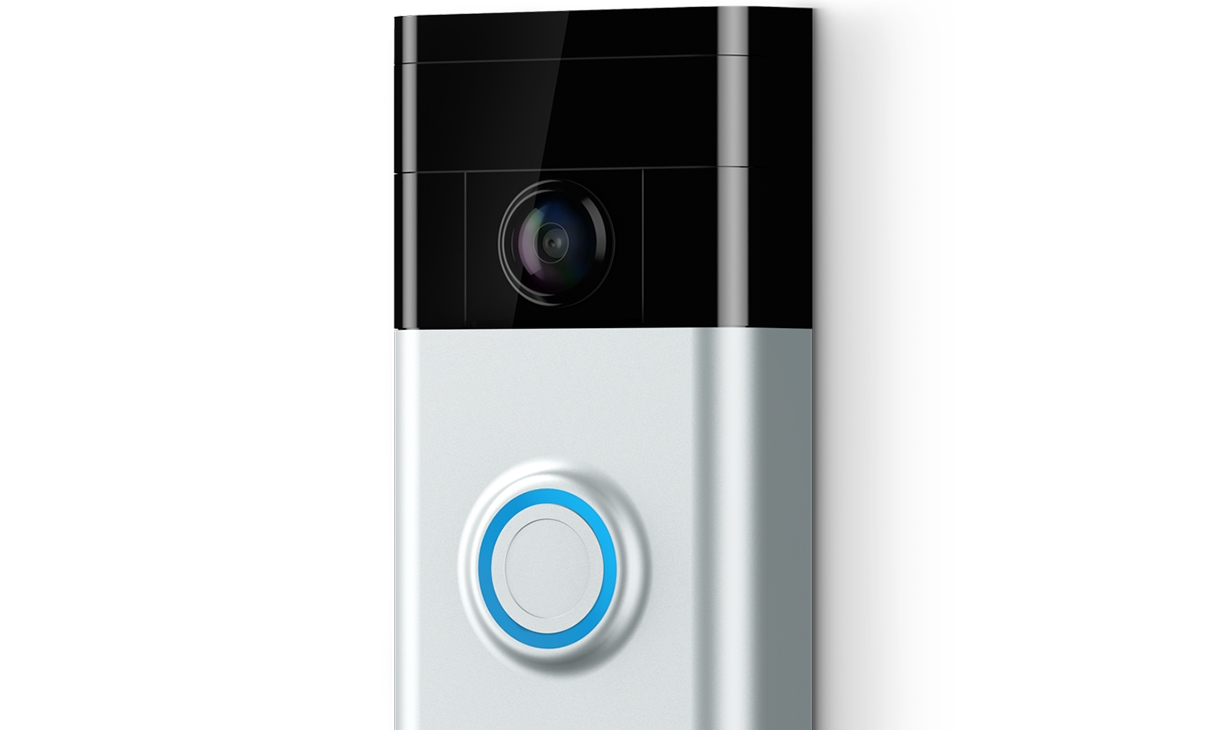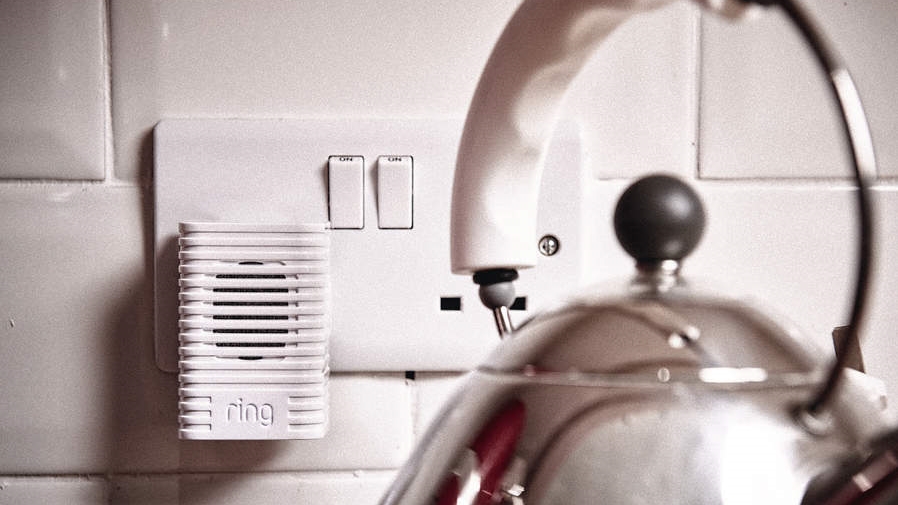One Ring to fool them all: video doorbells and smart home trust issues
Can't you hear me knocking?

As I’ve been steadily filling my house with smart home gadgets, a revelation struck me like a metal pole to my dad’s testicles (see the previous instalment for that fun tale).
The revelation is that a successful smart home where everything is automated depends on trust. Trust that all of it will work, all of the time. Once that trust is broken the whole thing can fall apart.
This became apparent after I had installed the Ring Video Doorbell. This is a smart doorbell that connects to your Wi-Fi and alerts your smartphone when someone rings it.
Best of all, on opening the app, you’ll see a video feed of who is at your door, and you’re able to converse with whoever is there – for example asking a delivery person to leave the parcel on the doorstep if you’re out, or pretending to be a haunted door to scare off kids/charity collectors.

Knockin' on someone's door
Generally it’s a pretty great product when it works – and that’s the key. Installation was pretty easy even for a five-thumbed DIY klutz like me – and once again I’d like to proudly point out that no one died as I drilled into the side of my house thinking “yeah, this is pretty manly” while getting drill dust (that’s the technical term) all over my Batman slippers.
I also installed a Ring Chime Pro – this is a unit that you plug in and plays a doorbell chime when the doorbell is pressed – handy if your phone isn’t around. This doubles as a Wi-Fi extender for the Ring Video Doorbell if it struggles to get Wi-Fi outside your house.
"I drilled into the side of my house thinking “yeah, this is pretty manly” while getting drill dust all over my Batman slippers."
Due to a quirk in my house (the quirk being me and my obsession with tech) almost every plug socket is filled with something drinking up electricity, which means the Ring Chime Pro is actually installed further away from the doorbell than my wireless router.
Get daily insight, inspiration and deals in your inbox
Sign up for breaking news, reviews, opinion, top tech deals, and more.
Anyway, the addition of the Ring Chime Pro has caused some issues which I think is hardware-based, as the Chime keeps dropping its connection (Ring has kindly sent me a replacement). However, when the Chime drops its connection, so does the doorbell.

Broken trust
This is when the trust was broken. I was happily pottering around the house, quite possibly talking to my cat and asking him why he thinks the new sofa is a suitable place to spew up a hairball, when someone came to the door and rang the doorbell.
Unbeknownst to me, the doorbell had no Wi-Fi connection, so I was not alerted. This is the problem – you trust that everything is working unless you get an error message. Otherwise you become a paranoid mess, constantly testing the device every time you pass it in fear that it’s stopped working again (spoiler alert).
Whilst I didn’t know that someone was at the door, they didn’t know I didn’t know – as the Ring Video Doorbell unit plays the doorbell chime to the person who pressed it. This can be a useful way of telling the doorbell-presser that Something Is Happening after they’ve pressed the weird grey doorbell. The problem is, this chime gets played to them even if the doorbell isn’t connected. Which it wasn’t.
So, whoever was at the door thought the doorbell worked, and so did I, but nothing was happening. After there was no response from inside the house, the person at my door walked off, leaving a ‘sorry we missed you’ note. Because they thought the doorbell worked, they didn’t knock on the door – that good old fashioned analogue method of doorstop-presence-indication – which I would have heard.

Doorstop disappointment
Once I found out that I had missed a visitor, I began to doubt the doorbell. To make matters worse was that it would still sometimes work, then stop working again.
A few days later I was hosting a BBQ (which guests described afterwards as ‘pleasant’, ‘edible’ and ‘intimidating’) in the shadow of my newly-erected electric death fence perfectly normal garden fence.
Outside in the garden, my phone alerted me that someone had rung the doorbell. I whipped it out (the phone), opened the app, and saw it was some of my guests. Using the app I welcomed them, and said to come around to the garden and use the back door.
"I had already disappointed my guests before they had even had a chance to take a bite out of the vegan burgers, which don’t cook but simply dry out and form a tasteless desiccated rusk"
On their arrival into the garden, they were full of wonder about the high tech doorbell and wanted to see it in action. So, I handed them my phone, rushed around to the front door and pressed the doorbell. Nothing.
I waited, then tried again. The doorbell appeared to ring for me, but there was no answer. With the knowledge that my halloumi skewers were rapidly browning on the BBQ (urgh, I’m such a hipster), I ran back to the garden only to see my guests still looking at the app, waiting for the alert.
Breaking it to them that the doorbell ‘had probably lost Wi-Fi’ (urgh, I’m such a millennial), it appeared I had already disappointed my guests before they had even had a chance to take a bite out of the vegan burgers, which don’t cook but simply dry out and form a tasteless desiccated rusk.
With connected home gear, it's not only first impressions that count, but second, third, forth and so on into a dependable, reliable, and surprise-free future.
Although I have installed the new Chime Pro, and it all seems to be working, I now eye the doorbell with suspicion, having become a paranoid mess that constantly tests the device every time I pass it in fear that it’s stopped working again. But I can never fully relax, as even when it does work, I can’t help thinking there’s a chance that other people have tried the doorbell and failed.
- Matt Hanson is trying to make his home smarter, and his life easier. But that doesn't always happen. Follow his trials and tribulations in his iDIY column.

Matt is TechRadar's Managing Editor for Core Tech, looking after computing and mobile technology. Having written for a number of publications such as PC Plus, PC Format, T3 and Linux Format, there's no aspect of technology that Matt isn't passionate about, especially computing and PC gaming. He’s personally reviewed and used most of the laptops in our best laptops guide - and since joining TechRadar in 2014, he's reviewed over 250 laptops and computing accessories personally.